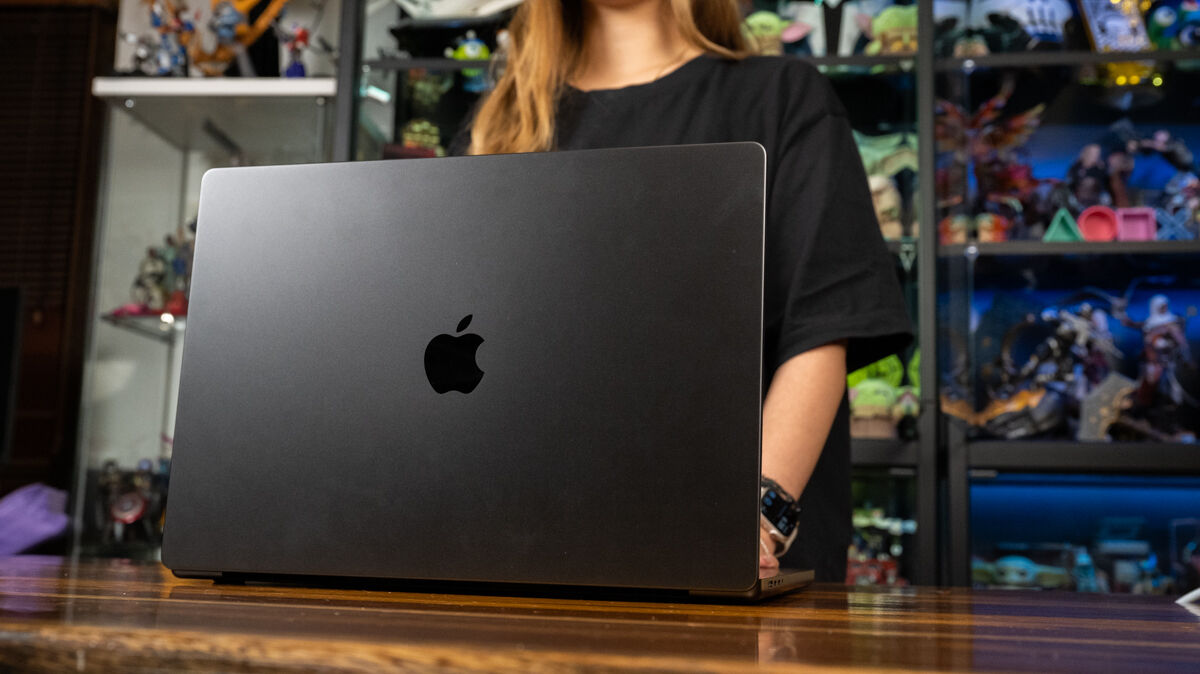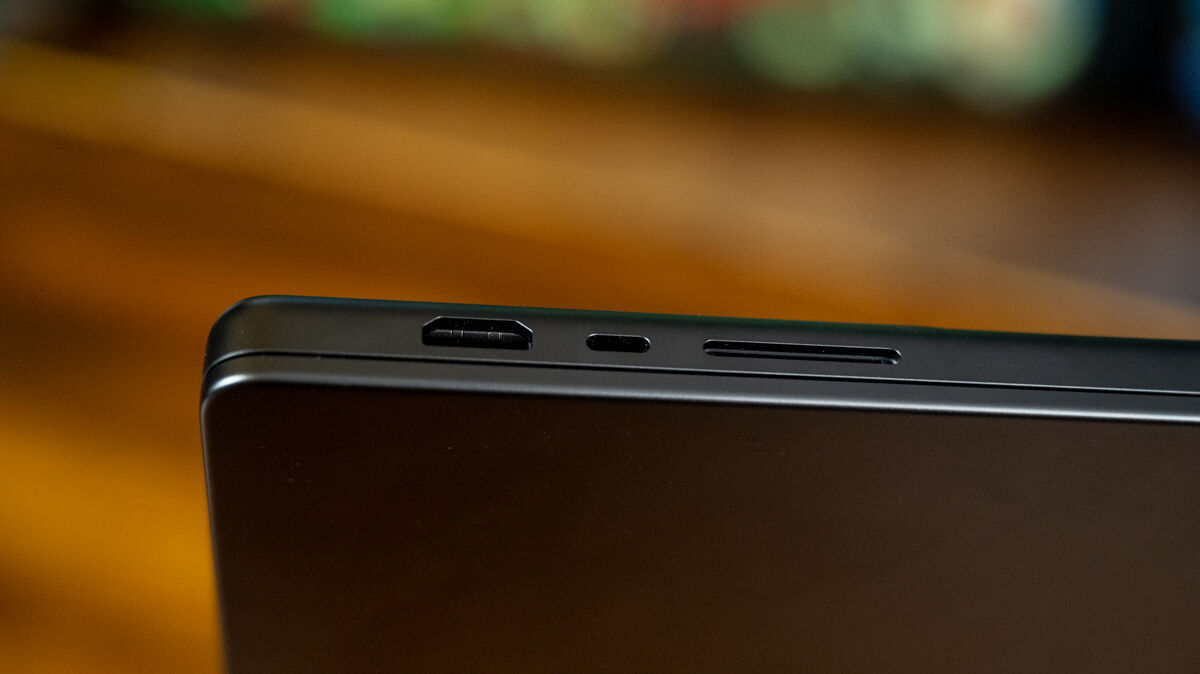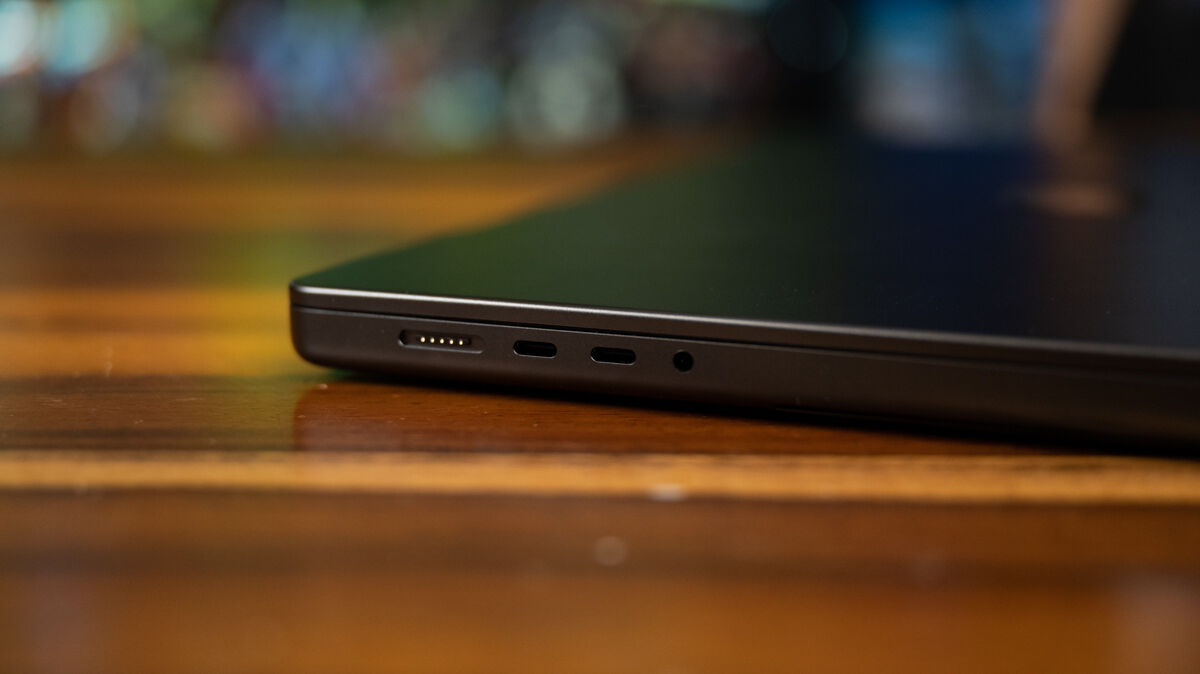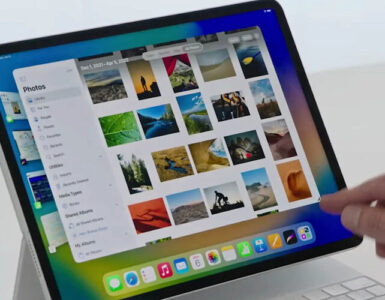Just how powerful are Apple’s chips for its desktop and laptops? Boosting performance with each new iteration is the foundation of technology, but Apple has done something extremely impressive on paper and execution – benchmarks for the M3 Max powered MacBook Pro 16 laptop show that it performs just as well as the previous generation’s souped up Mac Studio M2 Ultra desktop.

What’s more surprising is that the MBP 16 we are using in this first look is the base-model M3 Max machine, with 16-core CPU, 40-core GPU, 48GB Unified Memory and 1TB SSD Storage, priced at S$5,849. Meanwhile, the Mac Studio M2 Ultra, which was released earlier this year, and powered by a 24‑core CPU, 76‑core GPU, 32‑core Neural Engine, 128GB unified memory and 4TB SSD storage has a S$10,199 price tag.
It’s not a, well, you know what kind of comparison, but both cough up similar Geekbench 6 benchmarks when it comes to CPU performance. The M3 Max MBP 16 produced a single-core performance result of 2,686 and a multi-core performance of 20,982. Comparatively, the M2 Ultra Mac Studio from this year generated a performance result of 2,778 for single core, and a multi-core performance of 21,555.
There is no question the performance capabilities of the new M3 chips, of which Apple announced three of – the base M3 chip for the new iMac, and M3 Pro for MBP 14 and MBP 16, and M3 Max for MBP 16 – but the ability for the entry-level M3 Max machine to perform similarly to an advanced M2 Ultra desktop is certainly impressive, making the MacBook Pro 16 as powerful as a Mac Studio from less than 6-months ago.

Of course, benchmarking is just a cursory way to measure hardware performance, and serves as a reference point to compare machines powered by different processors using a battery of similar tests to gauge results. It doesn’t take into account other factors Apple just announced for the M3, especially the new, more efficient GPUs that offers what Apple calls Dynamic Caching, which brings new hardware rendered ray tracing and mesh shading. Those need more substantial real-world tests to measure, but it sets the stage for what Apple silicon chips are capable of.
There’s also another number to look at with the M3 and that’s with the chip’s 3 nanometer (nm) production process, which is the same used for the A17 Pro chips for the iPhone 15 Pro models. This new architecture not only provides faster performance than previous models, it also makes the M3 line of laptops more power-efficient, and Apple says these machines can last up to 22 hours, which is three times longer than many Intel or AMD-based laptops.


Aesthetically, this year’s MBP 16 machines look and feel identical to last year’s, with its aluminium chassis providing the same smooth, cool feel. What’s new is the Space Black colour, to accompany the Space Grey and Silver colourways. Available only for M3 Pro and M3 Max models, the darker shade, similar to the one found on earlier iPhone models, is a great darkness to behold where the reflective Apple logo on the rear of the screen can almost blend in with the rest of the panel when viewed at an angle. Look, black laptops are nothing new or to look at, but with just a simple basic colour, Apple has again turned something bland into something beautiful.
Ports wise, nothing has changed as there’s the MagSafe, two USB-C and 3.5mm earphone jack on the left edge, and a HDMI, USB-C and SD-Card slot on the left. For those looking to pick one up, but are undecided on the chip family, here’s what you need to know. The M3 offers 8‑core CPU, 10‑core GPU and up to 24GB unified memory, while the M3 Pro is up to 12-core CPU, up to 18‑core GPU and up to 36GB unified memory.
The M3 Max is only for this MBP 16, and has up to 16‑core CPU, up to 40‑core GPU and up to 128GB unified memory, with prices starting from S$4,699.

So how do the M1 Max, M2 Max and M3 Max machines compare? Luckily, we tested out the Max version of the previous two models. The (then) S$6,210 M2 Max MacBook Pro 16, which was only announced in January this year and comes with a 12‑core CPU, 38‑core GPU and 16‑core Neural Engine with 64GB unified memory and 2TB of SSD storage, came back with a result of 2,598 for single core, and 14,177 for multi-core scores on GeekBench 6.
Comparatively, late 2021’s MBP 16 M1 Max model with 10-core CPU, 32-core GPU, 16-core Neural Engine with 64GB unified memory and 2TB of SSD storage presented 2,405 on single core, and 12,321 on multi-core score. Individually, the performance jumps aren’t huge, but collectively, Intel, AMD and Qualcomm should be quaking in their boots because Apple, in less than a year, has once again set the standards for what computer processors should be capable of.













